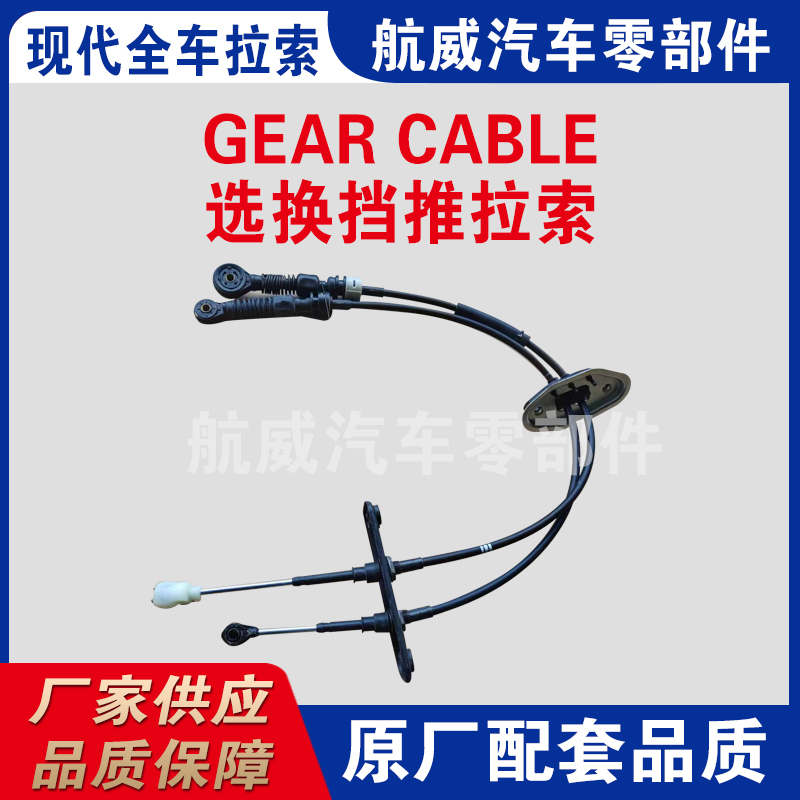rear derailleur cable
Understanding Rear Derailleur Cables Essential for Smooth Shifting
The rear derailleur cable plays a vital role in the operation of a bicycle's gear shifting system. It connects the shift lever to the rear derailleur, which is responsible for moving the chain across the cogs on the rear cassette. A well-functioning derailleur cable is crucial for achieving precise and smooth gear changes, allowing cyclists to maintain optimal pedaling efficiency and speed.
Functionality of the Rear Derailleur Cable
When a rider shifts gears using the shifter on the handlebars, a signal is sent through the derailleur cable. This cable tension adjusts the position of the derailleur, moving it side to side and engaging the appropriate gear. The precision of this movement directly impacts the bike's performance. If the cable is frayed, stretched, or improperly set, it can lead to missed shifts, chain skips, or difficulty in engaging certain gear ratios.
Common Issues with Derailleur Cables
One of the most common issues cyclists face is cable wear and tear. Over time, as the cable goes through a cycle of tension and relaxation, it can fray or become corroded, especially if exposed to harsh weather conditions. This deterioration can compromise its effectiveness. Regularly inspecting and replacing the derailleur cable is essential for maintaining the performance of the bike.
Another issue can arise from improper cable tension. If the cable is too tight, it can cause the derailleur to overshift, while a cable that is too loose may result in poor shifting performance. Adjustments can be made using the barrel adjuster located on the derailleur or shifter, allowing cyclists to fine-tune their gear shifting experience.
rear derailleur cable

Maintenance Tips
To ensure the longevity and functionality of a rear derailleur cable, regular maintenance is key. Here are a few tips
1. Inspect Regularly Check for signs of wear, fraying, or rust. Replace the cable if any damage is visible. 2. Cleaning Keep the cable housing clean and free from debris to avoid hindering the smooth movement of the cable.
3. Lubrication Apply lubricant to the cable to reduce friction and ensure smoother shifting.
4. Proper Installation When replacing the cable, ensure it is properly seated and adjusted to maintain the correct tension.
In conclusion, the rear derailleur cable may seem like a small component of a bicycle, but its importance cannot be overstated. A well-maintained cable leads to efficient gear shifting and enhances the overall riding experience. Ensure your cable is in top condition for a smooth and enjoyable ride!
-
Workings of Clutch Pipe and Hose SystemsNewsJun.04,2025
-
The Inner Workings of Hand Brake Cable SystemsNewsJun.04,2025
-
The Secrets of Throttle and Accelerator CablesNewsJun.04,2025
-
The Hidden Lifeline of Your Transmission Gear Shift CablesNewsJun.04,2025
-
Demystifying Gear Cables and Shift LinkagesNewsJun.04,2025
-
Decoding Clutch Line Systems A Comprehensive GuideNewsJun.04,2025
